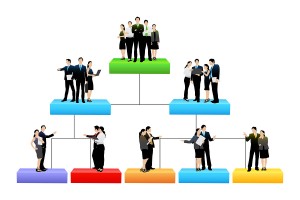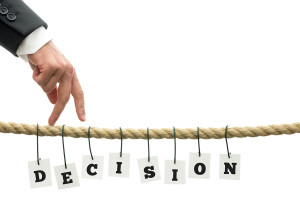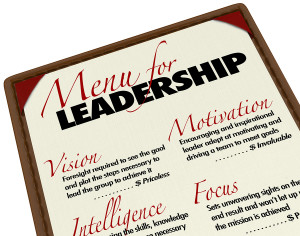
4 Misperceptions About
Self Managing Teams
To think that people can manage themselves is a revolutionary concept for leaders of organizations. And yet there are some businesses doing it quite successfully.

To think that people can manage themselves is a revolutionary concept for leaders of organizations. And yet there are some businesses doing it quite successfully.

As a manager, how can you encourage creative insights? As I mentioned in my previous post, managers improve their peoples’ performance by reducing errors, but

Like most things, leadership questions start in childhood. There was a study done in the UK that shows 4-year-old girls ask their mothers an average

Psychologists have not yet determined why people in 50+ industrialized nations experience midlife crises. It’s certainly a major reason why people hire executive coaches. “What’s

I’m curious about business decision processes and I’ve been thinking about how even smart leaders can make the wrong choices. For one thing, I’ve been

Leaders cannot be adequately described by lists of traits or characteristics. Academics have struggled with this for years. Then, in 2003, Bill George’s book, Authentic

In the work I do coaching leaders, everyone purports to have high leadership trust with stakeholders. Surveys, however, show otherwise. (See my previous post here.)

As a leader, you need to imbue your words, actions and stories with passion and authenticity. Emotional expressiveness is a matter of choice of words.

An organization’s health is only as sound as its leader’s decisions. Some companies prosper from wise leadership directions, while others struggle after flawed choices—choices that

How a leader responds to adversity reveals how effective that leader truly is. Reactions to setbacks or crises not only test leadership character but define

Business is an active, demanding endeavor. Only those who consistently apply themselves succeed. Organizations that thrive require leaders who actively dream, plan, engage, solve, pursue,

Surveys and studies indicate global job dissatisfaction is at a two-decade high. Disengaged employees account for nearly 70 percent of the workforce, which significantly affects







